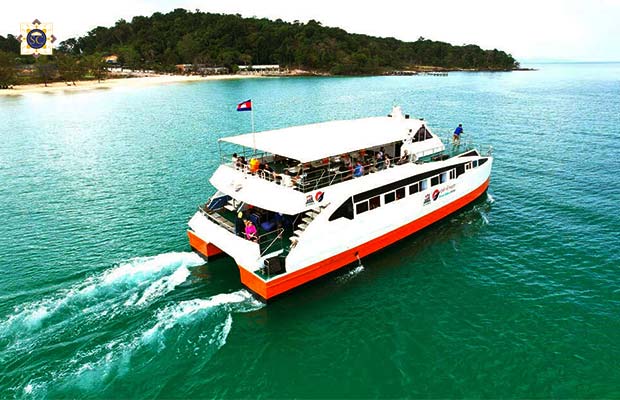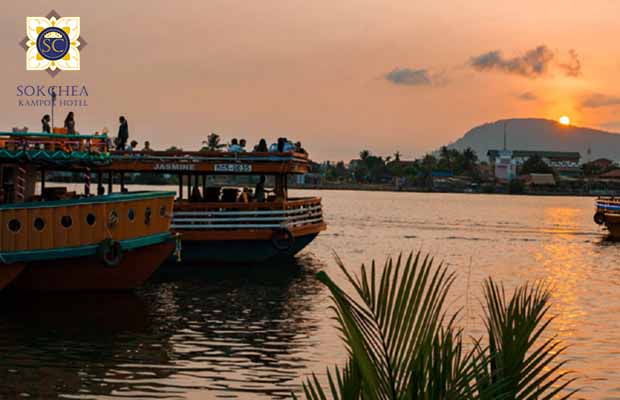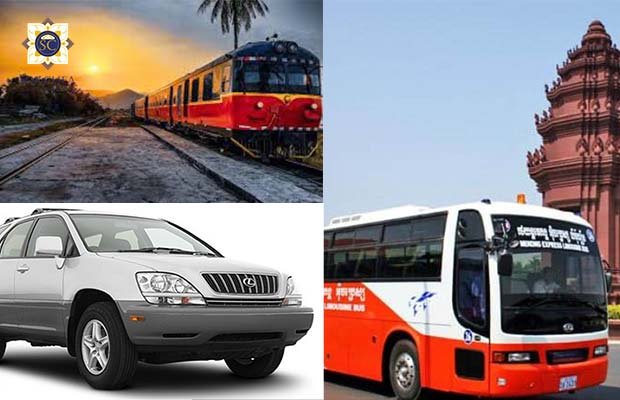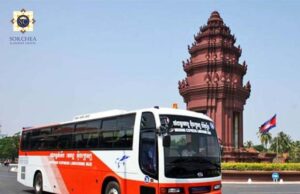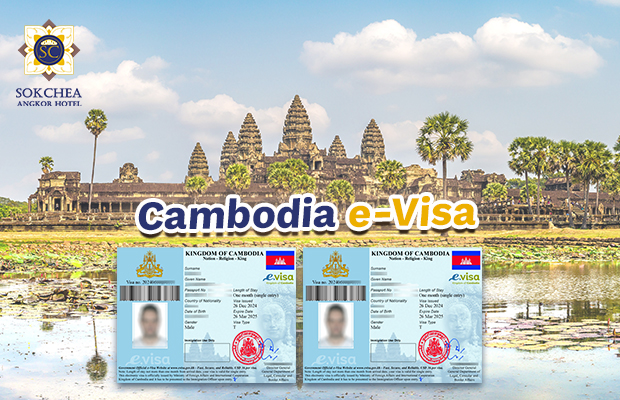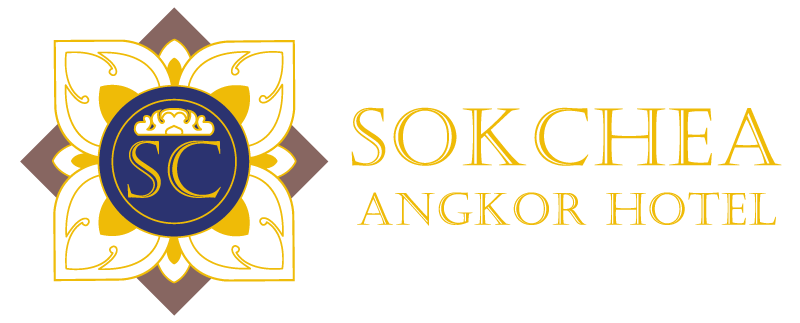A First-Timer’s Guide to Exploring Kampot Like a Local
Nestled along the tranquil Preaek Tuek Chhu River, Kampot is Cambodia’s hidden gem of pepper plantations, colonial charm, and laid-back riverside vibes. At Sokchea Kampot Hotel, we’re perfectly positioned to help you experience authentic Cambodian life beyond the tourist trails. Here’s how to explore Kampot like a true local—with our special insider knowledge!
1. Choose Your Ride: Local Transport Options
Kampot’s compact size makes it easy to explore:
– Tuk-tuks – Perfect for short trips (we can arrange trusted drivers)
– Motorbikes – Rent a scooter to explore at your own pace (ask us for recommendations)
– Bicycles – Borrow one of our complimentary bikes for riverside rides
– Boats – Take a sunset cruise or fishing trip with local boatmen
2. Must-Try Local Eats
We’ll point you to Kampot’s best flavors:
– Kampot Pepper Crab – Best at Rusty Keyhole or Captain Chim’s
– Psar Nat Market – Try num banh chok (rice noodles) and fresh coconut cakes
– Hidden Gems – Ask us for our personal favorite family-run eateries
3. Authentic Kampot Experiences
– Sunrise at Phnom Chhnork – Mystical cave temple (go early to beat the heat)
– Secret Swimming Spot – We’ll direct you to a local-favorite natural pool
– Pepper Farm Tours – Visit La Plantation to see Cambodia’s famous pepper growing
4. Off-the-Beaten-Path Adventures
– Bokor Mountain Day Trip – Cool climate and historic ruins (we can arrange transport)
– Kampot Salt Fields – Stunning geometric salt pans at sunset
– Riverside Stroll – Discover charming French colonial architecture
5. Evening Vibes
– Epic Arts Café – Social enterprise spot with live music
– Moi Moi Rooftop – Best sunset cocktails in town
– Night Market – Local street food and handmade crafts
Why Stay With Us?
We’re your local connection in Kampot:
✓ Prime riverside location – Peaceful yet central
✓ Local expertise – Our team knows all the hidden spots
✓ Complimentary bikes – Explore at your own pace
✓ Trusted recommendations – No tourist traps, just authentic experiences
Ask us about:
– Our favorite family-run restaurants
– The best times to visit attractions
– How to get the most from your pepper farm visit

